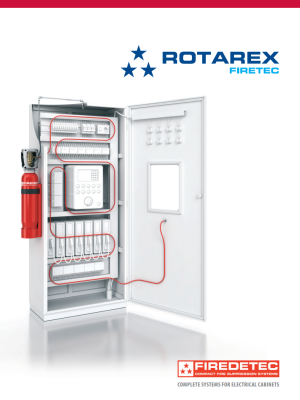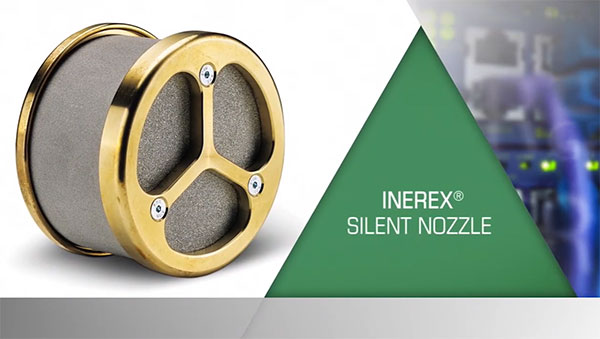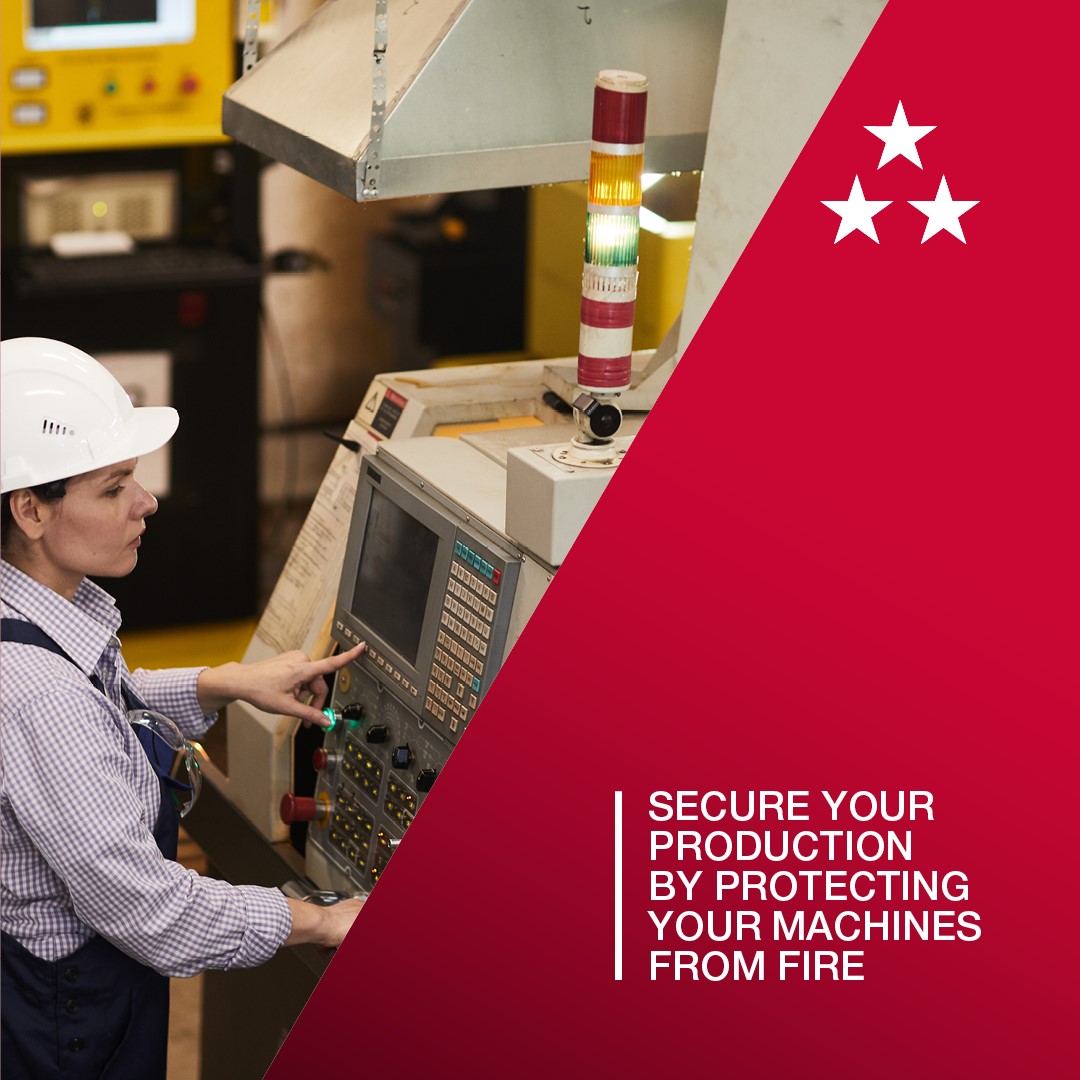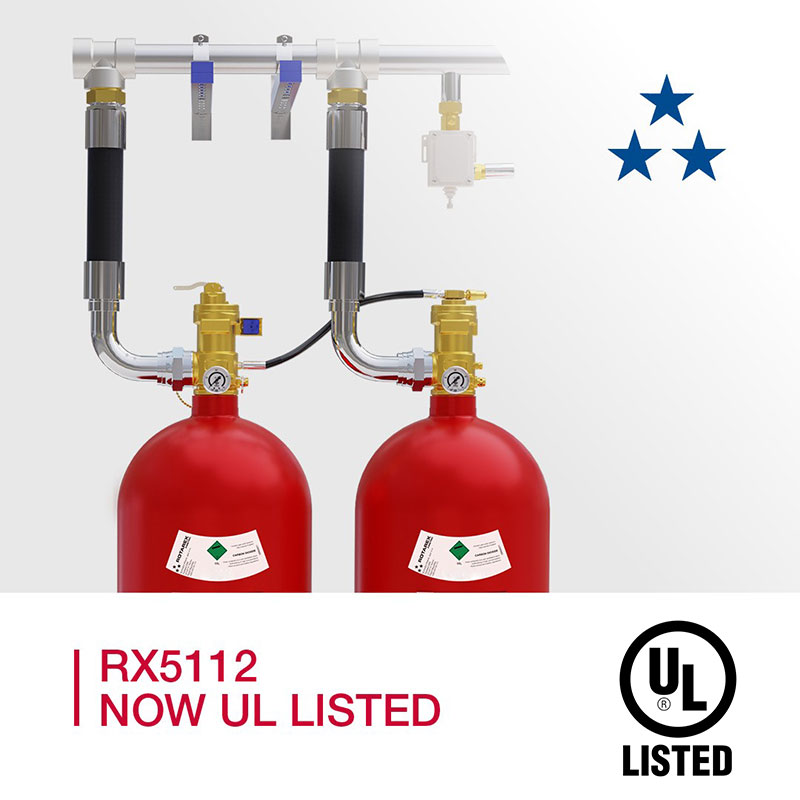Fixed Plus: Growing Interest in Augmenting Room-Based Fire Systems in the Data Center

By Charles Strobel
An alarming number of data center electrical fires over the last 18 months may have some facilities looking at augmenting their fixed-installation room and building fire protection systems with electrical cabinet-based systems.
They could be on to something.
In October, AT&T Broadband customers in the Dallas Fort Worth area were unable to access TV and Internet services for nearly 10 hours after an electrical fire at the company's Richardson, TX-based data center.
In May, customers of Australian pension provider UniSuper were left unable to access their accounts after a fire at a Port Melbourne area data center.
In covering these and other recent fires, Data Center Dynamics reports that electrical fires are a common cause of outages in data centers, citing numerous instances over the last 18 to 24 months.
Fixed installation room and building fire suppression systems, of course, are instrumental in stopping fires from destroying entire data center operations and long-term disruption of service. But as some organizations are discovering, when there's a fire within a single server room or data hall, the addition of electrical cabinet fire suppression can help put out fires before they damage nearby equipment.
The idea: Minimize or eliminate downtime, and reduce the need for fixed installation systems to actuate until and unless they're needed.
Let's take a closer look.
Fire Protection—an Inside Job
It's a shocking statistic, actually: 60% of data center fires start as electrical fires. Anywhere there are switches and electronics, there's heightened risk. And nowhere is that truer than in the electrical cabinet itself.
Fixed installation, total flooding fire suppression systems play a critically important role in protecting data center facilities. But when a fire breaks out in a single electrical cabinet, why not stop it at the source—before the fire can damage surrounding equipment—and before the situation escalates enough to require your total flooding systems to be actuated?
That's the notion behind a new generation of automatic fire suppression systems for electrical cabinets. What's different is that these systems are installed within the electrical cabinet itself, close to wires and circuitry where a fire can start.
Related:
Which to Choose: Full Room or Electrical Cabinet Fire Protection?
Case Study: China Telecom Dials Up Electrical Cabinet Fire Protection
Maximizing Business Continuity
It's not as nuts as it may sound. The fact is, from 2010 through 2014, an estimated 32,960 non-home fires were attributed to electrical distribution and components, causing $1.2 billion in direct property damage, according to a March, 2017 study from NFPA.
Generally speaking, the most advanced electrical cabinet systems use pressurized, linear pneumatic tubing technology that bursts the moment it detects fires within an electrical cabinet. The sudden tube depressurization actuates the system and instantly floods the entire cabinet area with extinguishing agent, reaching where room protection systems cannot.
Fire is quickly snuffed out just moments after it begins, minimizing damage. And room-based systems don't have to be actuated more than is absolutely necessary, helping to accelerate incident recovery times and ensure business continuity.
It's unclear what systems came into play at AT&T, UniSuper and other data centers with recent fire incidents. But whatever the case, in the event of actual data center fires, fixed installation, room and building fire protection is urgently important.
But supplementing those systems with electrical cabinet-based automatic fire suppression could prove even better.

To learn more, download a FREE overview brochure
on the benefits and key applications of the FireDETEC
electrical cabinet fire suppression system from Rotarex Firetec








